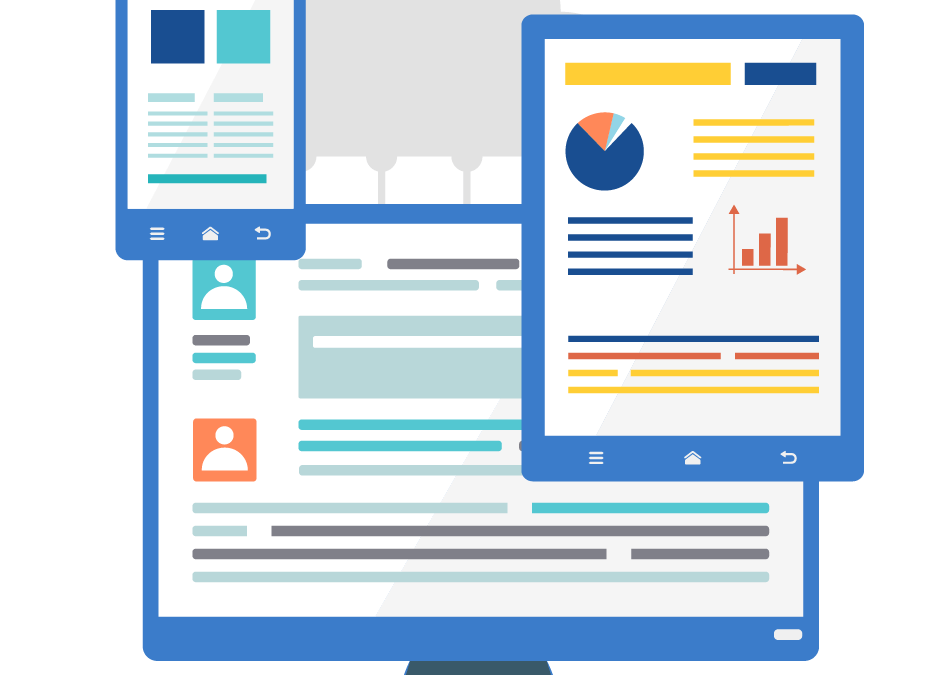As Patient Generated Health Data (PGHD) becomes more available from IoT wearables and related fitness and nutritional apps, the practical discussion turns to how to incorporate the data into a patient’s plan of care.
Combining PGHD into the overall patient health record has the potential to revolutionize patient care decision support in a meaningful way.
Apple watches, Fitbits, nutritional and other monitoring apps capture it for you now. The integration of all of this non-episodic data into the patient health record helps to build a more holistic health record which helps to support better outcomes.
And that is exactly why these non-episodic data points could be insights into patients’ overall health.
The real game-changer is the proliferation of patient generated data sources, which can help to provide much higher quality and holistic views of the patient’s health, regardless of whether the data was generated during routine primary care, an acute care intervention or through the activities of daily living.
Creating an easy method to integrate PGHD with other healthcare data is a job for a Personal Health Record supported under the 21st Century Cures Act, and is the goal of Medaflex and its first rollout of apps. The goal is to give each patient a way to provide more complete information to any physician or clinician, in an EHR records system agnostic manner. In other words – not dependent on what company stores and silos the fragmented part of a patient’s they store.
This has the potential to revolutionize care decision support, by adding weight to these patient-based data sources for health systems and insurance payers, and will drive demand to derive more meaningful health information from patients.
When a patient and their caregiver goals are aligned, everyone has a better chance of experiencing a positive outcome. Every patient. Regardless of whether they have premium concierge insurance or Medicaid.

